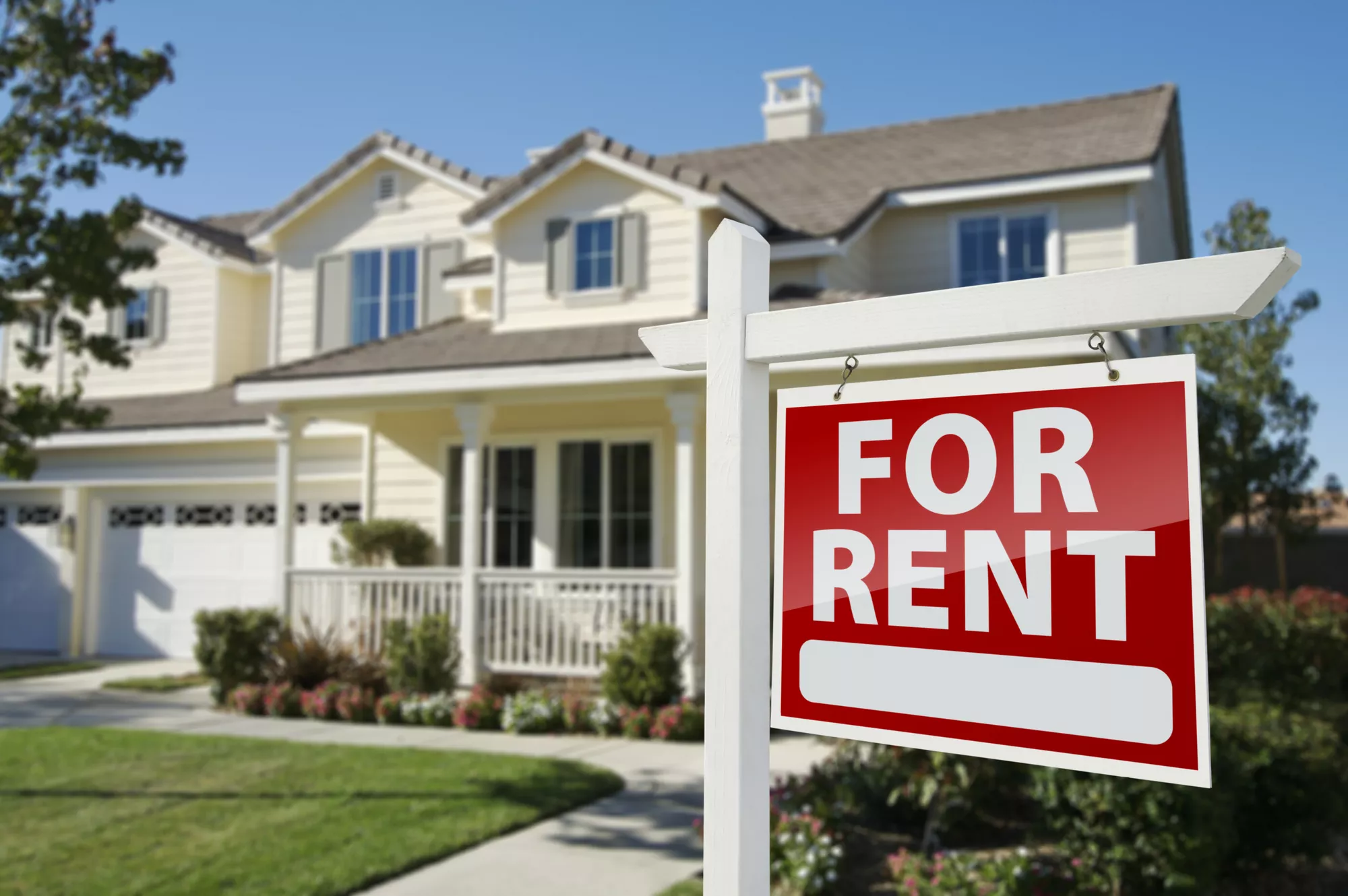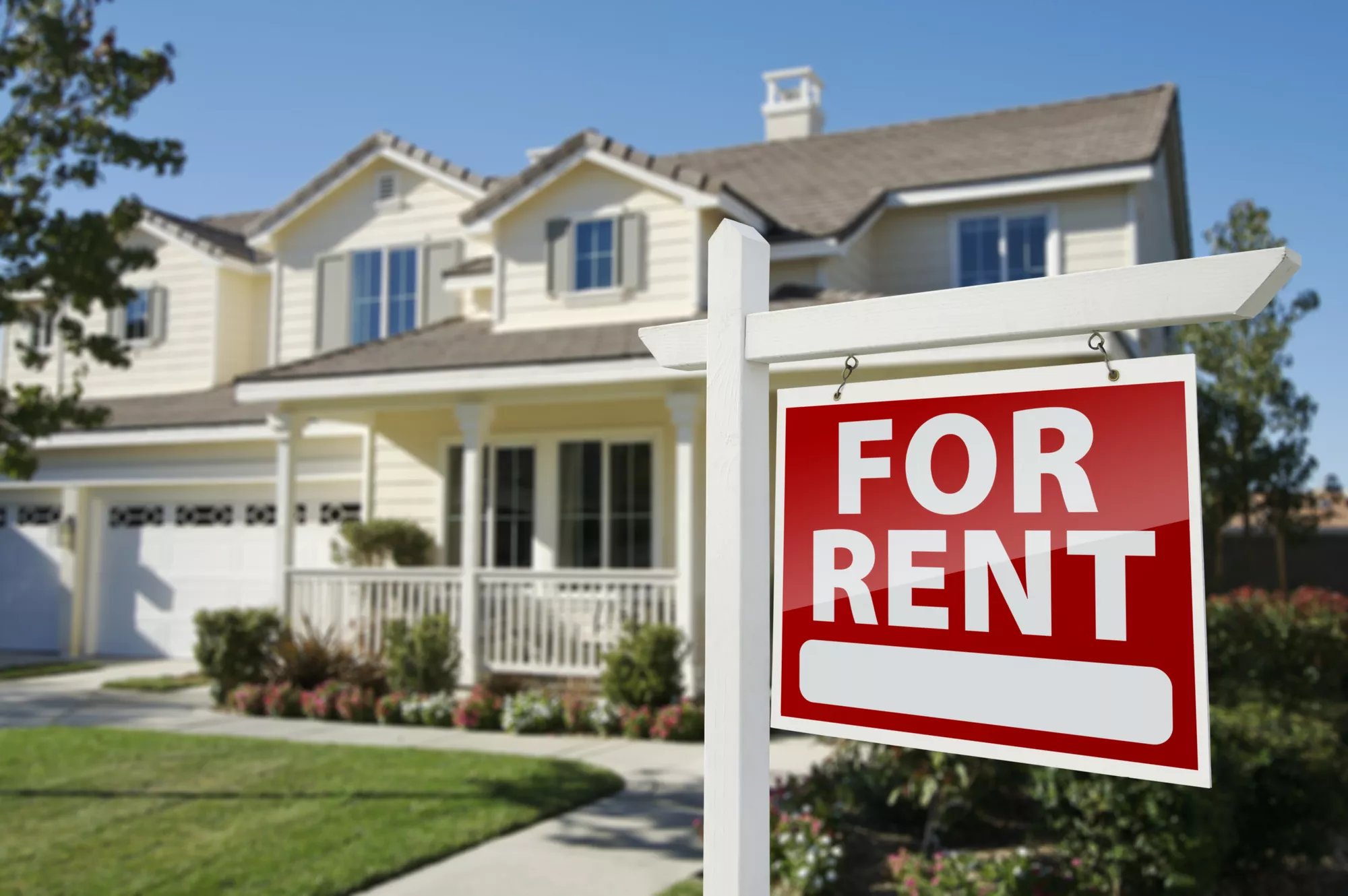The Types of Rental Properties: Which One is Right for You?
Navigating the complex world of rental properties can feel overwhelming, but understanding the various types of rental properties available is...
3 min read
Rent To Retirement : Jan 19, 2024 8:32:00 AM

Real estate is a highly popular and lucrative form of investment, but investors often make the mistake of focusing on a single rental property type, rather than creating a diversified rental property portfolio. Diversifying your real estate portfolio can help mitigate risks, maximize cash flow, and even provide better tax benefits. In this article, we will explore the different types of rental properties in greater detail to provide you with the necessary information to diversify your rental portfolio successfully.

Single-family homes are an excellent starting point for those new to rental property investment. Investors can buy a single-family home, rent it out, and manage it themselves. This appealing prospect provides reliable rental income and equity, as well as ease of management. Additionally, the chance of vacancies and tenant turnover is lower.
However, while single-family homes offer long-term tenants and low vacancies, they possess fewer overall cash flows than commercial properties or multi-family units. As per Zillow, the average monthly rent for a one-bedroom house across the United States is $1,486, while a two-bedroom is $1,738.
A lower investment amount is required compared to commercial properties or multi-family units.
It is an excellent starting point for first-time investors.
Single-family homes are desirable, making it easy to find tenants for continuous rental income.
Low tenant turnover rate.
Stability of income investing in residential, SFR properties.
Always has demand from renters.
Single-family homes are less scalable concerning scaling up regarding building a comprehensive rental portfolio.
They offer less overall cash flow in comparison to commercial properties or multi-family units.
Unlike commercial or multi-family properties that come with the support of property management, single-family homes require individualized attention and property management.

Multi-family units have emerged as one of the most popular types of rental properties as the real estate market has evolved. Multi-family units comprise duplexes, triplexes, condos, and apartments. Investors prefer multi-family units because they increase their cash flow capacity through economies of scale. This type of property usually requires multiple tenants with multiple rental incomes to pay for mortgage payments, taxes, and maintenance.
Commercial properties offer a reliable diversification option, mainly because of their long lease agreements and higher rental rates. Examples of commercial properties include office space rentals and commercial retail space rentals.
Short-term rental properties have become increasingly popular with the rise of the sharing economy. Short-term rentals generally include vacation homes, guest houses, and Airbnb rentals.
Having a diversified rental property portfolio is key if you aim to succeed in real estate investment. The property type plays an essential role in determining overall returns, cash flow, and scalability. As a real estate investor, it is essential to take the time to understand the benefits and drawbacks of each of these rental property types. By diversifying your investment, you can minimize your risks, stabilize your income streams, and increase your returns. Whether you choose single-family homes, multi-family units, commercial properties, or short-term rentals, always ensure to conduct proper research and seek expert advice before investing.
Need more information before you start? Check out our in-depth article on how to buy your first rental property!
Now that you've learned the different types of rental properties let Rent to Retirement help you diversify your real estate rental portfolio better. Visit Rent to Retirement to get guidance from experts in the field, helping you expand your portfolio, maximize returns, and achieve financial freedom.

Navigating the complex world of rental properties can feel overwhelming, but understanding the various types of rental properties available is...
Even if you're new to real estate investing, you've likely heard of "turnkey rentals" before now. This guide offers an in-depth overview of turnkey...

Are you ready to elevate your real estate investment game and maximize your equity and cash flow in the single-family rental market? Whether you're...